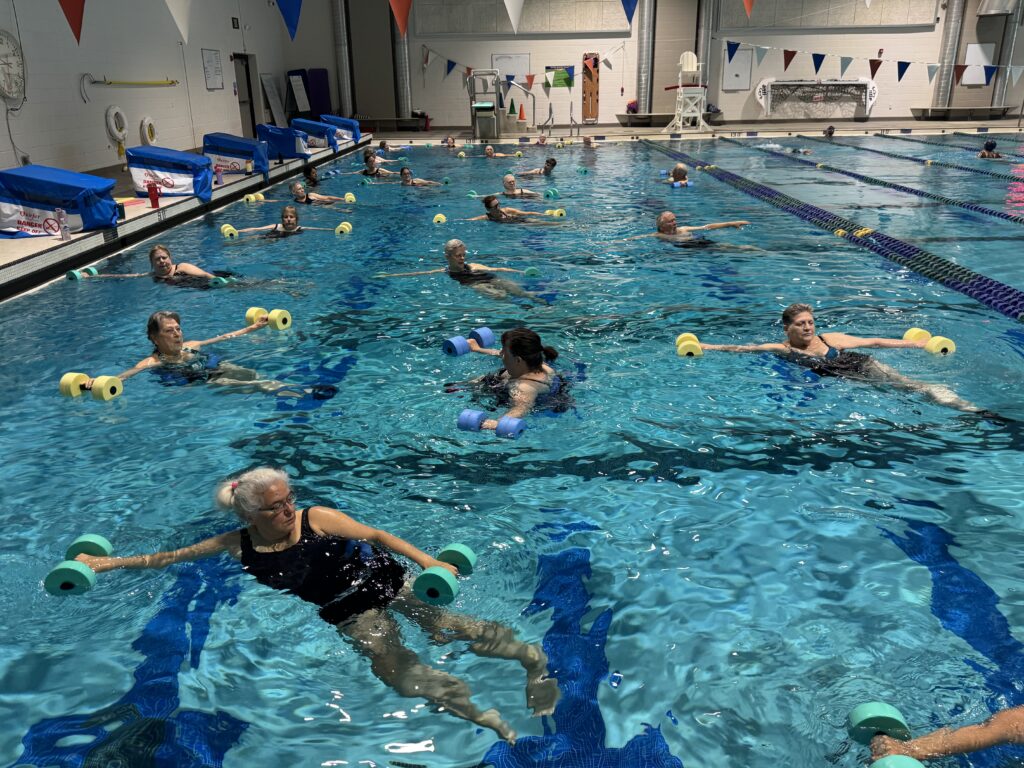
Foam dumbbells (or hand buoys) are another popular piece of pool equipment, along with noodles. Before companies began making equipment designed for use in water exercise, instructors used empty milk jugs! I’m glad those days are gone. Nowadays, there are many companies producing foam dumbbells. Here are a few examples of what is available:
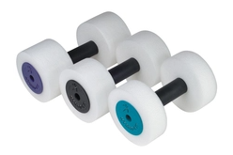
Hydro-Fit. Craig Stuart told me that he made his original Hydro-Fit Hand Buoys on his dining room table. His goal was to create some kind of resistance equipment that took advantage of the properties of water. Today’s Hydro-Fit dumbbells are made of premium quality Ethafoam® and feature cushioned hand grips and sturdy construction for lasting durability. I like that the bar part of the dumbbells are made of a soft material that does not deteriorate in chlorinated water.

Swim Outlet. A variety of other brands of foam dumbbells is available on Swim Outlet, including Sporti, Speedo, AquaJogger and also Hydro-Fit. Of course you can find lots of other brands on Amazon.
Class participants love dumbbells! If you Google “pictures of water exercise” you will find lots of photos of smiling participants waving their dumbbells in the air, or hanging from dumbbells extended to their sides. In facilities that store their equipment in bins on the deck, it is not unusual to see a participant grab a pair and spend the entire class pushing and plunging (as Mark Grevelding says). But let’s get serious for a moment. Dumbbells made of foam weigh very little, and waving them in the air is not an effective exercise. Buoyancy pushes the dumbbells toward the surface of the water, therefore the resistance comes from pushing them toward the pool floor. Pushing dumbbells underwater requires the shoulder stabilizers (mainly the rotator cuff muscles) to engage. Performing the exercises incorrectly by hunching the shoulders or hanging from dumbbells extended to the sides causes shoulder impingement, which may lead to a rotator cuff tear. Pushing and plunging for an entire class overuses the shoulder stabilizers and may also lead to a rotator cuff tear. So many senior adults already have rotator cuff tears that it makes sense to be intelligent about using the equipment safely. For more information on shoulder safety see my post on Shoulders.
Using Foam Dumbbells. Select dumbbells the right size. If your participant has trouble pushing them underwater without shrugging the shoulders, go to a smaller size. After every strength training set relax the shoulders. People often grip the handles hard while using dumbbells, so ask them to stretch their fingers as well. Exercises that push the dumbbells toward the pool floor include lat pull-down (should adduction, click the link for a short video demonstration), double arm press-down (shoulder extension), and triceps extension. If you lean forward in a lunge position, you can also do a chest fly (horizontal adduction) and push-ups. Exercises that sweep the dumbbells just below the surface of the water, such as a row or a rotator cuff sweep, require the shoulders to contract isometrically, which is okay if the reps are limited. For the legs, you can hold the dumbbells down by your sides, and do squats, lunges, and calf raises. The muscles used for all these exercises are the opposite of those same exercises with weights on land. That’s a pretty short list. Fortunately, there are ways to vary your use of foam dumbbells.
Use One Dumbbell. If you use just one dumbbell, you can perform an exercise with one hand, then pass the dumbbell to the other hand. That way one shoulder gets a break while the other shoulder works. With the dumbbell horizontal you can put one hand on each foam end, pushing or plunging with reduced resistance on each shoulder. Or do a rotator cuff sweep side to side. Hold the dumbbell vertical with both hands on the handle and sweep it in circles or figure eights.
Perform Eccentric Contractions. To focus on eccentric contractions, push the dumbbells quickly toward the pool floor, then slowly control the movement toward the surface of the water. Eccentric contractions have the reputation of being better at building strength than concentric contractions, which occur when pushing the equipment toward the floor, but this is a misconception. Nevertheless, focusing on eccentric contractions adds variety to your strength training session.
Use Dumbbells of Two Different Sizes. Most of us have muscle imbalances, that is, we are stronger on one side than the other. Right handed people are more likely to have a right arm that is stronger than their left arm, and the opposite is true for left handed people. Try using a larger size dumbbell with your weaker arm and a size smaller with your stronger arm to help correct a muscle imbalance.

Use Dumbbells as Stabilizers. In shallow water, you can use the dumbbells as stabilizers to practice fall recovery. Hold the dumbbells together in front of you and fall forward, then tuck your feet under you and stand. Or hold the dumbbells out to the sides and fall sideways, then tuck your feet under you and stand. This practice teaches a participant what to do if they lose their footing in the pool, and they will automatically recover from a fall, even if they do not have dumbbells in their hands. Foam dumbbells can also be used as stabilizers in both shallow water and deep water for the plank and side plank. In deep water, use the dumbbells as stabilizers for side to side (side shoot) and for abdominal pike and spine extension. Click on the links for short video demonstrations of both exercises. Do not do these exercises with dumbbells in shallow water, because then you would be hanging from the dumbbells by your shoulders. In deep water, you are wearing a buoyancy belt for support.
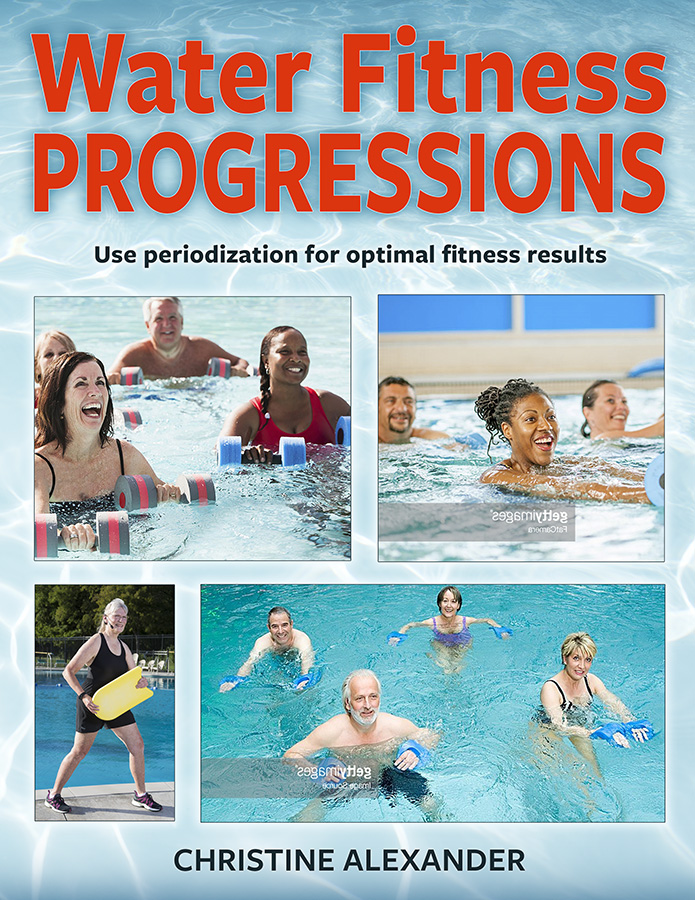
You can find lesson plans using foam dumbbells in both shallow water and deep water in my book Water Fitness Progressions. For the safety of your participants, don’t do an entire class with dumbbells. Alternate upper body strength training with exercises for the lower body, or do a circuit alternating strength training with cardio. Relax the shoulders between sets. Stretch the fingers, or do finger exercises such as finger extensions, thumb circles or cat claw. Or shake out the hands to relieve the tension in them.
See you in the pool!

Chris Alexander
One response to “Pool Equipment: Dumbbells”
-
Great as always!! I needed this as I am teaching both shallow water as well as deep water classes
every other day!! So in order to keep my mind concentrating, I use the same play list 2 days in a row, but reshedule moves for each “record” according to shallow or deep exercises!! It has helped
because some moves just do NOT transfer between deep and shallow!! I am so glad that you mentioned the shoulder because many of my participants have shoulder issues!!
As always so good to get information from you and such great reminders of the great twice a year
trainings we used to have ….all H20 members who joined!!

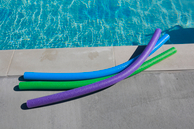







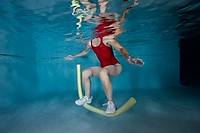

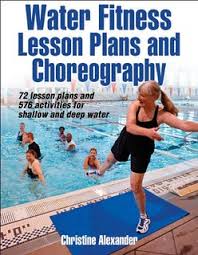
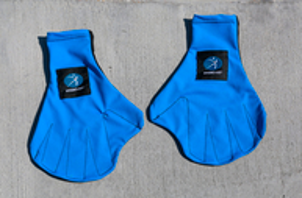



















Leave a Reply